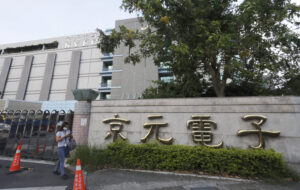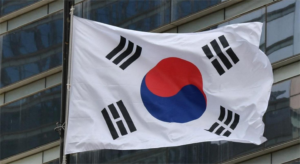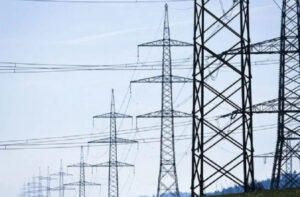Menu
Prospective Drop in Electricity Rates Amidst Market Dynamics and Climate Concerns
- Junnel G
- February 3, 2024
- 12:18 pm
Philippines consumers may anticipate a reduction in electricity rates this year, contingent on the continuation of the declining trend in average spot market prices observed in 2023, as per the Energy Regulatory Commission (ERC). The ERC noted a substantial decrease of 17.5 percent in average spot market prices last year, dropping to P6.505 per kilowatt-hour (kWh), attributed largely to the integration of new power plants into the system.
The Wholesale Electricity Spot Market (WESM), which serves as the trading platform for large-scale power buyers and sellers, witnessed a peak in average prices to P7.885 per kWh in 2022, primarily due to escalated economic activities post the relaxation of COVID-19 restrictions. However, ERC Chair Monalisa Dimalanta optimistically projected that if the downtrend persists, consumers should expect lower power bills, especially with the entrance of new market players boosting the capacity.
A significant addition to the WESM has been 35 generation companies harnessing renewable energy technologies, collectively contributing an additional 749 megawatts (MW) of capacity. This increment has brought the average supply to 15,645 MW. Despite a 9-percent surge in demand, the augmented supply seemingly managed to meet the increased need, resulting in a notable dip in average prices.
Further contributing to the potential decline in electricity rates is the completion of the 450-MW Mindanao-Visayas Interconnection Project (MVIP), enabling power sharing among the country’s three major island groups and thereby bolstering the supply margin while diminishing monthly average prices. This positive trend is a stark contrast to the prior year when MVIP or WESM Mindanao was not yet operational.
However, despite the promising outlook, ERC underscores the need for vigilance, particularly considering the possible impact of the El Niño climate pattern on demand and pricing, due to its propensity to reduce the supply availability of hydroelectric power plants significantly. The Department of Energy has warned that El Niño could potentially slash the supply availability of these plants by nearly 80 percent.
As the industry prepares for a projected 5 to 6 percent increase in power supply this year from last year’s 17,000 MW, the dynamics between market operations, new energy sources, and climatic variables will play a crucial role in shaping the future of electricity rates in the Philippines.
#Top Tags COVID Covid-19 Technology Finance Investing Sustainability Economy

Subscribe to Our Newsletter and get a free pdf:




















Comments are closed for this article!